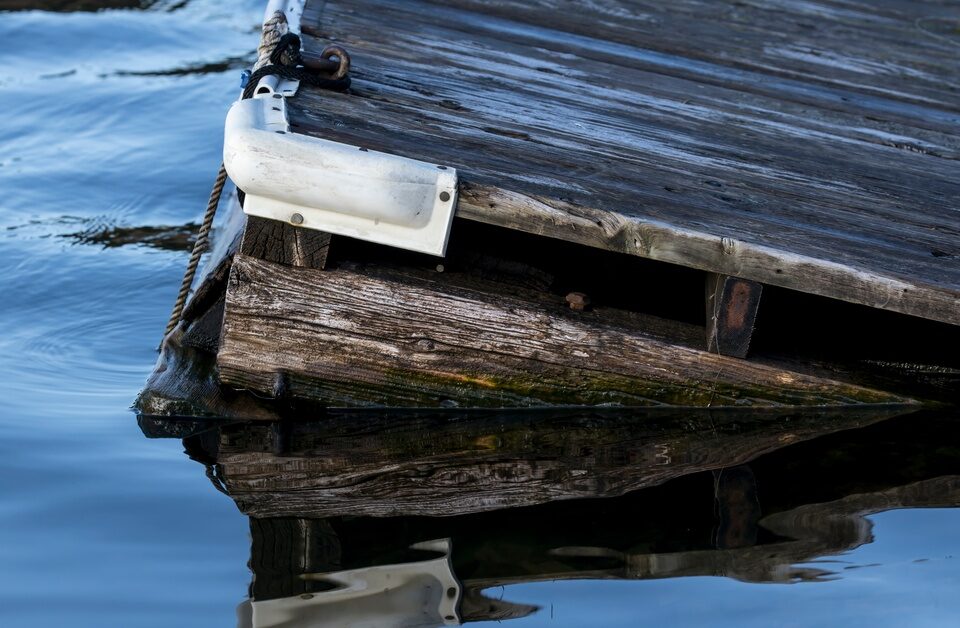Aluminum or Galvanized Steel – Which is better for docks?
So which is the better dock building material – aluminum or galvanized steel? Well I’m going to give you the ol’ “Sunday morning politician on Meet the Press” answer.
It depends.
But I’m not sidestepping the question to avoid being on the record – it really does depend! Each offers their own advantages and disadvantages. Galvanized steel consists of the base steel metal being dipped into a molten bath of zinc at temperatures that cause excellent adhesion. The resultant product is a very bright silver finish that will dull gray over the years. Because the zinc takes on a sacrificial status – meaning it actually corrodes in place of the base metal – galvanized products can easily last 20 years or more before troublesome rust begins to take over. It is important to remember that paint is not a sufficient substitute for galvanizing, as it only provides a barrier to corrosion, not a chemical conversion.
So galvanized steel won’t rust (just like aluminum won’t), but what about the weight? That is where aluminum steps in and really shines. At roughly 1/3 the weight of a comparable section of steel, but with similar strength characteristics, aluminum is the clear choice for dock products. In the northern states of the US, ice formation on lakes, rivers, and ponds can pose a serious threat to docks left in the water during the winter. Because of this threat, many lakefront owners are forced to remove their docks in the fall and put them back in every spring. This is no big deal if there is a ready and willing group of able-bodied workers willing to get the job done, but for homeowners not wanting to burden themselves or their families, other solutions should be considered. With it’s superior strength and weight characteristics, aluminum is the preferred material for dock hardware.
Of course, aluminum is typically more expensive than galvanized steel as it is a superior product. Is it a worthwhile upgrade? Use this simple method to determine that for yourself. Take the difference in cost of an aluminum product you’re considering over a comparable steel product. Then, divide that by the number of years you plan to use the product – in some cases 20 years or more. The resultant per year cost to upgrade may surprise you. Would you pay $20 extra per year to save 66% of the weight?
That’s just smart math.



1 Comment
Hi, this is a comment.
To get started with moderating, editing, and deleting comments, please visit the Comments screen in the dashboard.
Commenter avatars come from Gravatar.